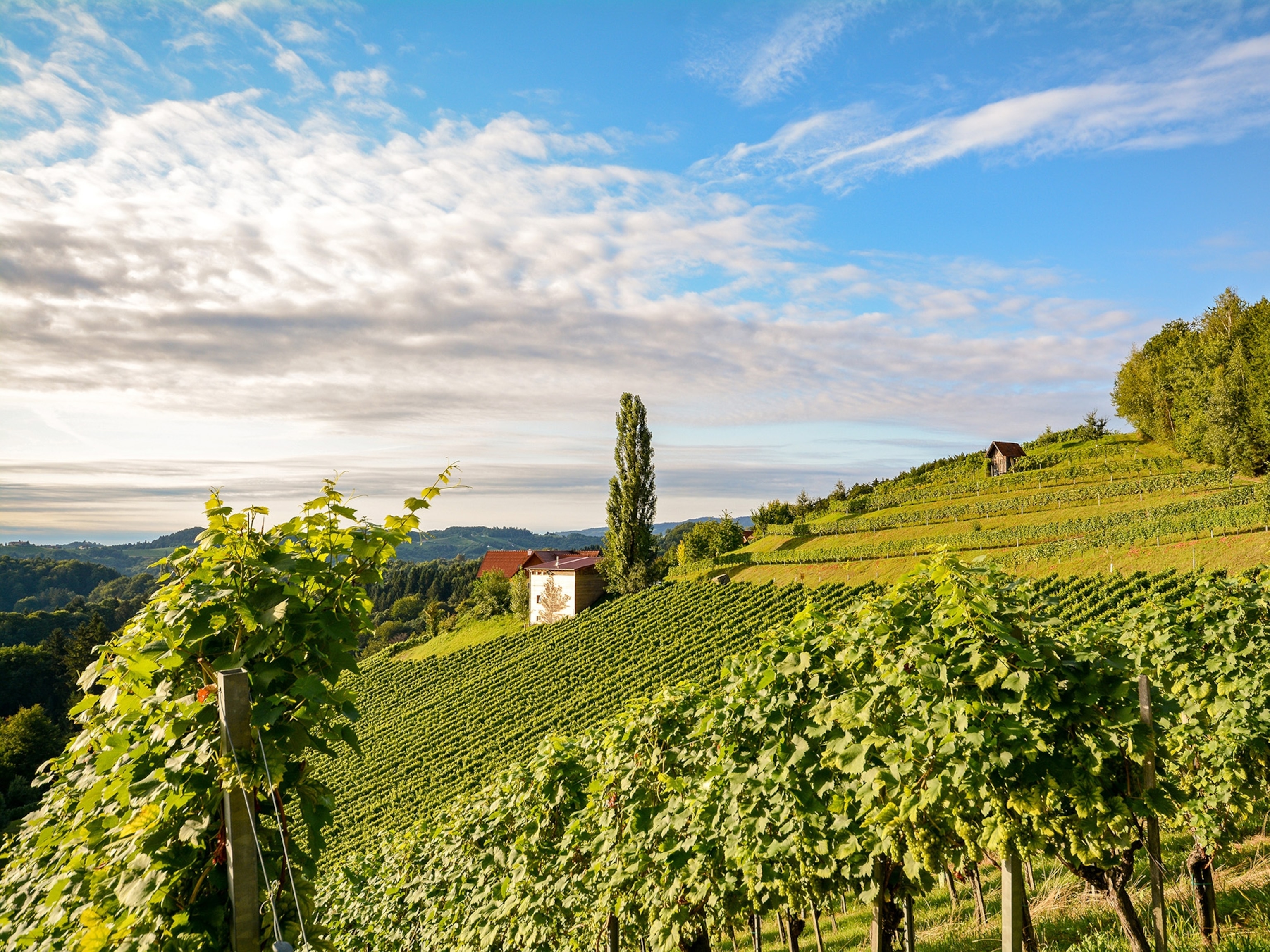
Everything to know about Kyoto
This charming city, rich in culture and history, will captivate any traveler.
Kyoto is one of many cities in Japan that makes time travel possible. During World War II, Kyoto was spared from the majority of the destruction and, as a result, has not only preserved its magnificent landmarks but also kept the savoir-faire and finesse of the Imperial era. Despite the abundance of modern development, old parts of Kyoto still exude quintessential Japanese charm and age-old traditions. It is a perfect place to unwind and embrace the art of slow living.
When to Go
Kyoto is always a good idea. Visitors flock here during spring (April) to marvel at the eruption of cherry blossoms or fall (November) to admire the equally stunning koyo, a colorful palette of Japanese maple. Summer is the best time to enjoy kawadoko, a unique tradition of dining on tatami patios that are stretched over the cooling river. Winter is perhaps the least touristy season which means only one thing—no need to elbow through the crowd to enjoy city's cultural gems blanketed in snow.
Celebrate
No festival in town can quite match the grandeur of the Gion Festival. One of the most famous festivals in Japan, Gion Matsuri is Yasaka Shrine's annual event taking place in July and culminating on July 17 and July 24 when elaborately decorated floats, Yamaboko Junko, are paraded along the main streets. It's a perfect time to watch Kyotoites promenade in colorful yukata robes, feast over delicious Japanese street food, and party until the wee hours of the night.
What to Eat
As a former Imperial capital of Japan, Kyoto is also a birthplace of kaiseki ryori, or Japanese haute cuisine. Elaborate and luxurious, it is a traditional Japanese multi-course dinner that originated from tea drinking ceremonies in the 16th century. The menu changes seasonally and each course is characterized by the striking visual presentation matched only by the delectable flavor. It's a one-of-a-kind culinary experience that will be a true feast for your eyes as well as the palate.
Souvenir to Take Home
Why not take some of Kyoto's unique flavors and food culture back home with you? Ranging from matcha-flavored cakes and savory treats to traditional Japanese sweets, there is an abundance of enticing omiyage, or edible souvenirs, available at local specialty stores. If you're looking for something more imperishable, then stroll through the Nishiki Market to pick a unique piece of hand-crafted pottery from one of the local artisan shops or a handmade chef's knife hand-engraved with your name on it for no extra cost.
Sustainable Travel Tip
Even though it is a large city, Kyoto has a feel of a small town which is best experienced on foot. Nothing compares to meandering through its picturesque maze of cobbled alleyways which look more like a movie set of an Edo period, filling you with a sense of suspended time.
Instagram-Worthy View
If you want to cause a serious case of wanderlust in your friends and family, then head to the iconic Fushimi Inari Taisha, the shrine dedicated to the Shinto god of rice, sake and business prosperity. Hundreds of vermilion torii gates form a tunnel which winds through a lush forest for miles. Professional tip: the higher up you go, the fewer crowds you'll see. So, if you want to avoid being photobombed, hike further up the trail.
- National Geographic Expeditions





